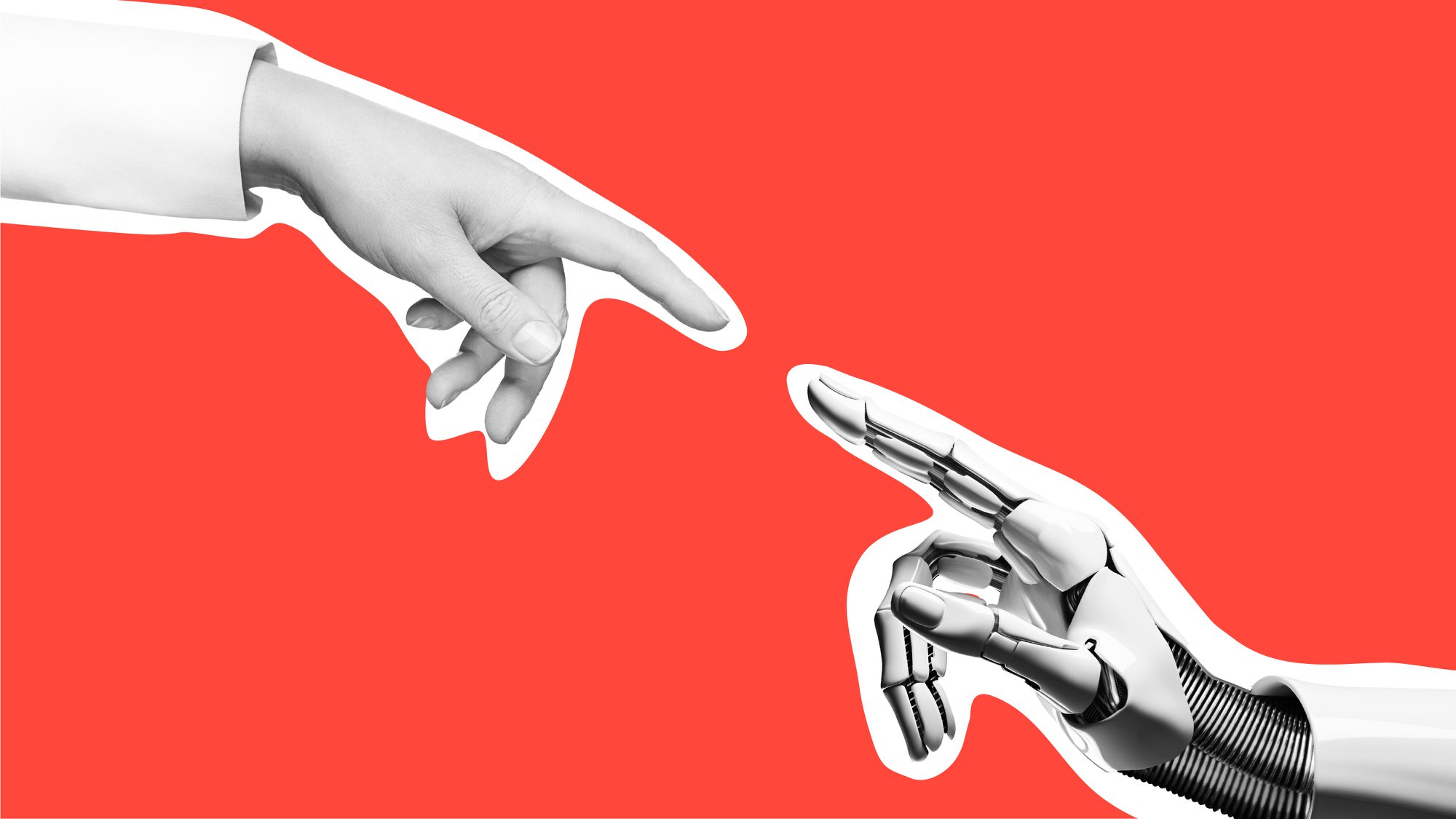Workspace & headspace: why ditching your desk can improve creativity & productivity

In this part in his series on the top five challenges facing employees today, The Team’s employee engagement expert, Cliff Ettridge, says desks are boxing in creativity. Workspaces should be designed around collaboration, not bums on seats.
The desk is dying out. If we want flexibility in our work and our thinking, we need to let go of our nesting instincts. If we’re to collaborate more, we need to step out from behind the desk.
There is a business imperative as well. It’s estimated that just 40 per cent of employees in offices are based at their desks. This means that other employees are nomadic. And yet, businesses are still providing desk space for many of these nomads. Why? Is the desk even the best place to do their work? What about coffee shops; breakout areas; and co-working spaces?
There’s been a rise in spaces where you can work away from work. Places like Platf9rm in Brighton; Impact Hub and Second Home have created some extraordinary spaces where creative connections can happen naturally.
Deloitte are now creating spaces where employees can benefit from more serendipitous connections and where clients can work in a more cheek-by-jowl fashion. These environments don’t just extend to the offices of management consultants. The more work environments encourage connections between employees, the more sales and productivity increases as ideas are shared. The Norwegian company Telenor discovered that when a salesperson increased interactions with co-workers on other teams by 10 per cent, their sales grew by the same amount.
Creating spaces need not be about office furniture. It’s also about creating the space for people to think about the work they do and how they do it.
Much has been said about Larry Page and Sergey Brin’s ’20 per cent’ idea: “We encourage our employees, in addition to their regular projects, to spend 20 per cent of their time working on what they think will most benefit Google. This empowers them to be more creative and innovative. Many of our significant advances have happened in this manner.” This policy has subsequently been scaled back, some say abandoned. Here’s why.
Innovation happens within projects and within the working day, not necessarily within some predetermined time for innovation. Great ideas flourish when you create space and permission for employees to experiment on the job.
It’s leadership behaviours that allow innovation to emerge. Leadership is more than management; it’s about nurturing, encouraging, inspiring and giving employees permission to explore.





